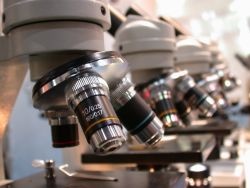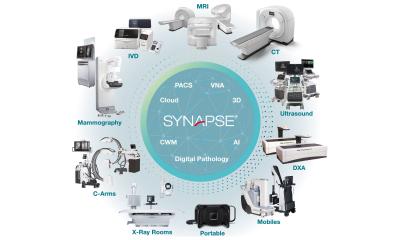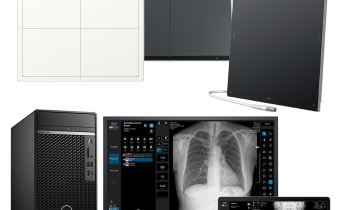Exploring the nano-world
A new type of super-resolution X-ray microscope invented by researchers from Paul Scherrer Institut (PSI) and Ecole Polytechnique Fédérale de Lausanne (EPFL) gives pin sharped insights into the composition of semiconductor devices and cellular structures.

The microscope works with the high penetration power of x-rays which allows high spatial resolution. Conventional electron scanning microscopes can provide high-resolution images, but usually only for the surface of the specimen, and the samples must be kept in vacuum. The Swiss team's new super-resolution microscope bypasses these requirements, meaning that scientists will now be able to look deeply into semiconductors or biological samples without altering them. It can be used to non-destructively characterize nanometer defects in buried semiconductor devices and to help improve the production and performance of future semiconductor devices with sub-hundred-nanometer features. A further very promising application of the technique is in high-resolution life science microscopy, where the penetration power of X-rays can be used to investigate embedded cells or sub-cellular structures. Finally, the approach can also be transferred to electron or visible laser light, and help in the design of new and better light and electron microscopes.
The first super-resolution images from this novel microscope are available in an article published online July 18 in the journal Science.
“Researchers have been working on such super-resolution microscopy concepts for electrons and x-rays for many years,” says EPFL Professor and team leader Franz Pfeiffer. “Only the construction of a dedicated multi-million Swiss-franc instrument at PSI's Swiss Light Source allowed us to achieve the stability that is necessary to implement our novel method in practice.”
The new instrument uses a Megapixel Pilatus detector (whose big brother will be detecting collisions from CERN's Large Hadron Collider), which has excited the synchrotron community for its ability to count millions of single x-ray photons over a large area. This key feature makes it possible to record detailed diffraction patterns while the sample is raster-scanned through the focal spot of the beam. In contrast, conventional x-ray (or electron) scanning microscopes measure only the total transmitted intensity.
These diffraction data are then treated with an algorithm conceived by the Swiss team. “We developed an image reconstruction algorithm that deals with the several tens of thousands of diffraction images and combines them into one super-resolution x-ray micrograph,” explains PSI researcher Pierre Thibault, first author on the publication. “In order to achieve images of the highest precision, the algorithm not only reconstructs the sample but also the exact shape of the light probe resulting from the x-ray beam.”
24.07.2008











